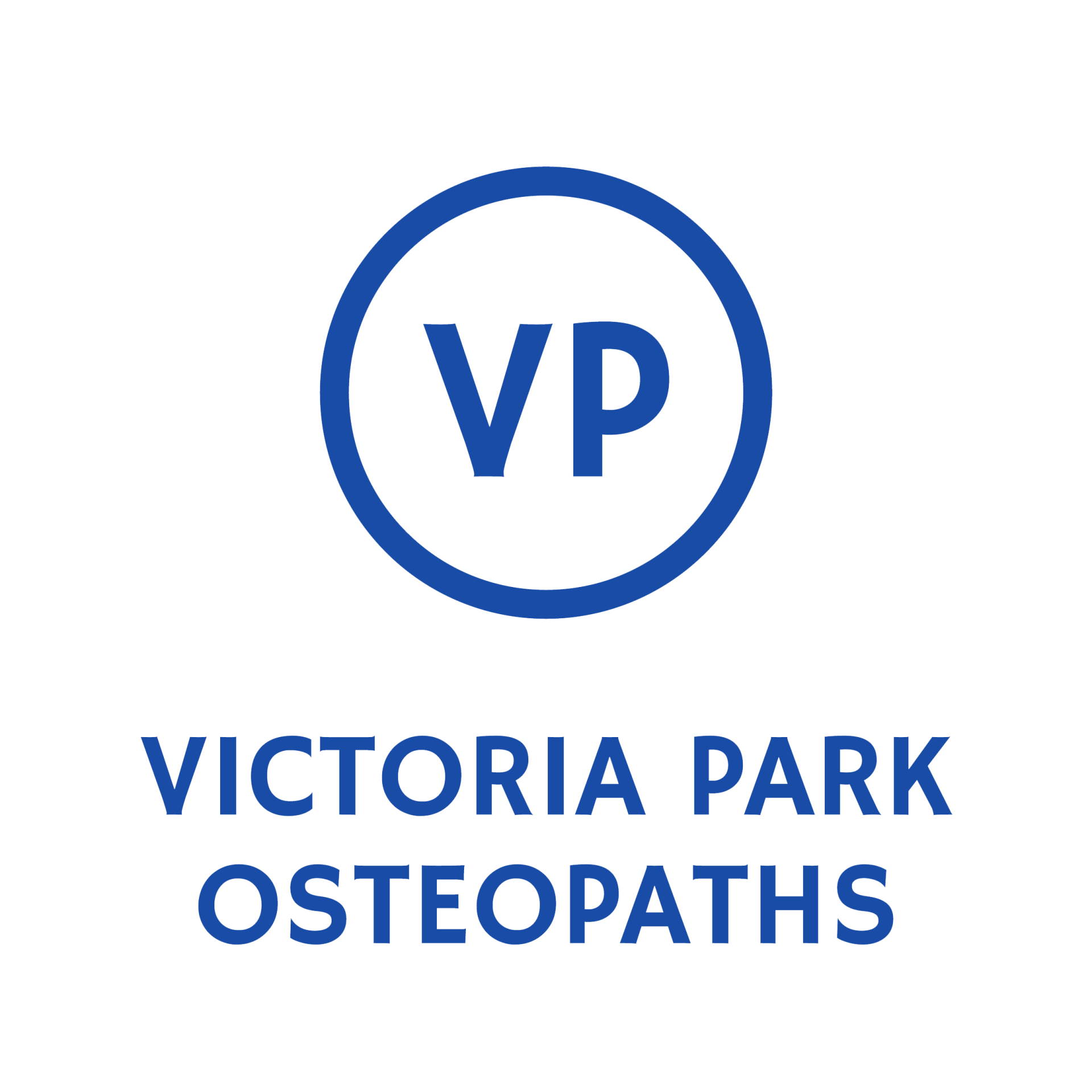What is Thoracic Outlet Syndrome (TOS)?
Thoracic Outlet Syndrome refers to a group of conditions where the nerves and/or blood vessels are compressed as they pass from the neck to the arm, through an area called the thoracic outlet (between the collarbone, first rib, and surrounding muscles).
There are three main types:
- Neurogenic TOS – compression of the brachial plexus nerves (most common)
- Venous TOS – compression of the subclavian vein
- Arterial TOS – compression of the subclavian artery (least common)
Symptoms can affect the neck, shoulder, arm, and hand.
Symptoms & What You May Experience
Depending on which structures are affected, you may notice:
Neurogenic TOS (most common):
- Numbness, tingling, or “pins and needles” in the arm, hand, or fingers
- Aching or shooting pain in the neck, shoulder, arm, or chest
- Weakness or fatigue in the arm or hand
- Heaviness when carrying bags or raising the arm
Vascular TOS (less common):
- Swelling or aching in the arm or hand
- Coldness, colour changes, or pins and needles
- Reduced pulse or circulation changes when the arm is elevated
Symptoms are often aggravated by:
- Poor posture (slouching, rounded shoulders)
- Overhead movements
- Carrying heavy bags
- Repetitive lifting or computer work
What causes Thoracic Outlet Syndrome (TOS)?
Common contributing factors include:
- Poor posture or rounded shoulders
- Tightness in the scalenes, pectoralis minor, or upper trapezius
- Previous neck or clavicle injury
- Repetitive overhead work or sport (e.g. swimming, throwing, hairdressing)
- Cervical rib (extra rib) or bony variations
- Forward head posture/desk-based strain
- Carrying heavy bags, backpacks, or instruments
- Post-surgical or scar-related restriction
How We Help (At Victoria Park Osteopaths)
Treatment aims to relieve compression, improve posture, and restore normal nerve and vascular mobility:
- Soft tissue therapy to neck, chest, shoulder, and upper back muscles
- Mobilisation of the cervical spine, ribs, collarbone, and thoracic joints
- Posture correction and ergonomic guidance
- Stretching and mobility work for scalenes, pectorals, and shoulders
- Nerve gliding techniques where appropriate
- Strengthening of shoulder stabilisers and core muscles
- Advice on sleeping positions, lifting, and movement habits
Treatment is tailored to whichever structure (nerve or vessel) is involved.
Recovery Time & What to Expect
- Mild to moderate cases often improve over 6–12 weeks with treatment and exercises
- Long-standing or structural cases may take 3–6+ months of rehab
- Most people respond well to conservative care without surgery
Consistency with posture and movement changes is key.
When to Seek Medical Review / Red Flags
Medical assessment may be required if you notice:
- Severe arm swelling, colour change, or sudden coldness
- Loss of pulse, dizziness, or vascular symptoms
- Progressive weakness or muscle wasting in the hand
- History of trauma, fracture, or sudden onset
- No improvement after a period of conservative treatment
A GP, vascular specialist, or neurologist may be involved if further tests are needed.


